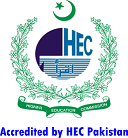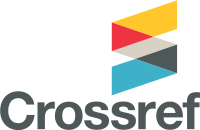AFGHANISTAN AND PAKISTAN:
CAN EUROPEAN FREE TRADE REGIMES AND INTEGRATION MODELS SERVE AS EXEMPLARS FOR SAARC COUNTRIES?
Abstract
The 28-member European Union can be taken as a successful example of inter-governmental cooperation and economic integration. It provides equal opportunities to smaller and larger economies to obtain commercial benefits from the EU through free trade, single market and a common currency. The EU aimed to become the most competitive economic bloc to withstand growing competition from emerging Asian economies. However, the recent crisis of the eurozone has revealed the structural flaws in its monetary system. It directly impacts the EU’s political environment. The emergence of euroskeptism and politics of far-right in Europe could damage the integration of the EU. The EU policy-makers and the national governments are desperately seeking ways to act jointly to avert the crises.
The author, however, still visualizes the EU as a model for the SAARC member states to resolve the disputes that haunt their region. This research focuses on the case studies of Pakistan and Afghanistan to develop free trade arrangements and sheds light on the problems and prospects for collaboration among SAARC nations. On the other hand, there is another perception that the China-Pakistan Economic Corridor (CPEC) and Shanghai Cooperation Organization (SCO) could shape the future politics and economics in South Asia.














